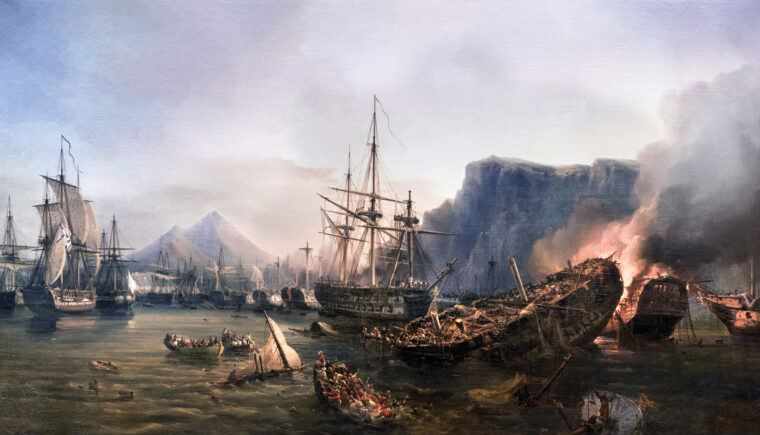
Military History
Naval Carnage at Navarino
By Victor KamenirAt 2 PM on October 20, 1827, Allied squadrons sailed into the Bay of Navarino on the west coast of the Peloponnese peninsula. Read more
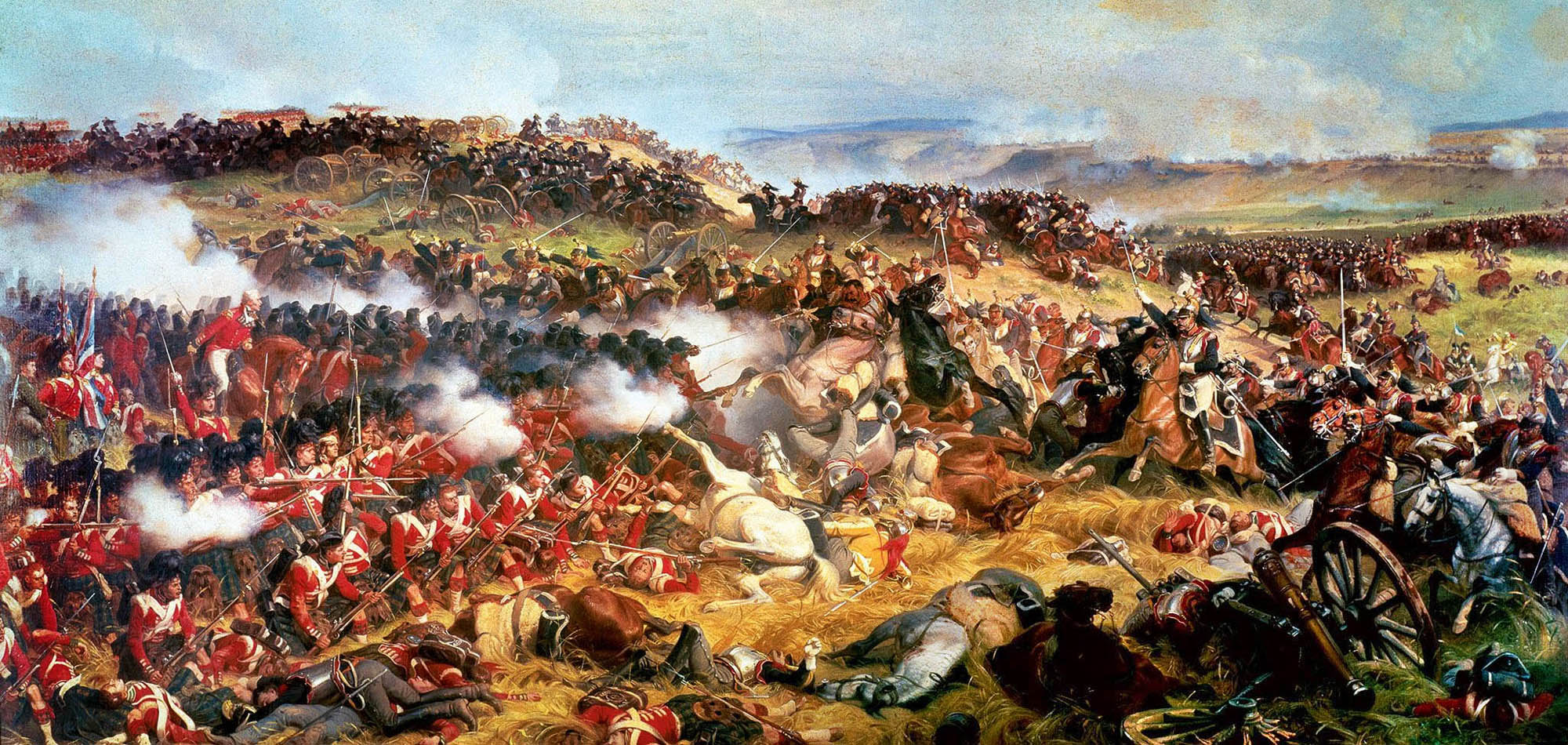

Military History
At 2 PM on October 20, 1827, Allied squadrons sailed into the Bay of Navarino on the west coast of the Peloponnese peninsula. Read more
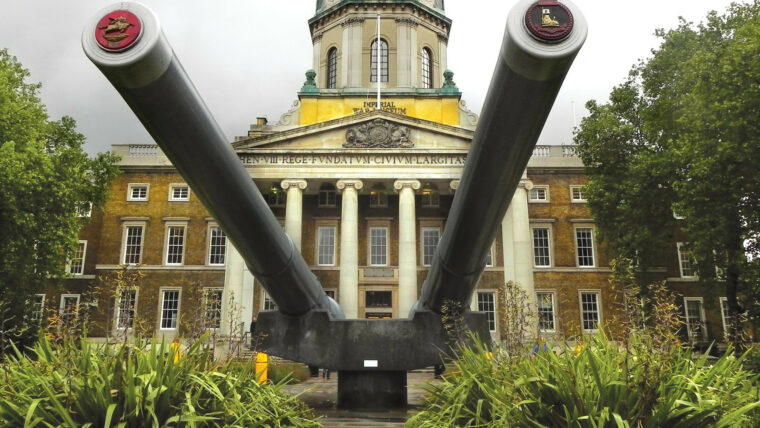
Military History
Although Britain has a number of war museums, the Imperial War Museum (IWM) is acknowledged as the Holy Grail of them all—the one you must visit when in London. Read more
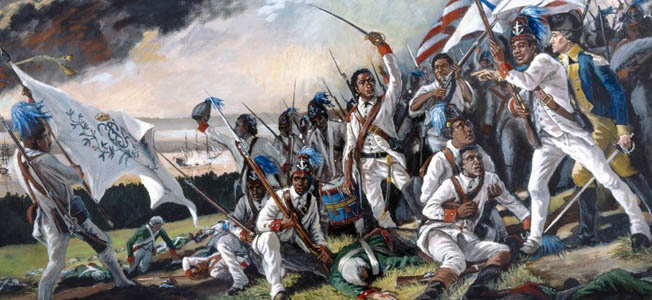
Military History
In 1778, the Rhode Island legislature passed a law that allowed black slaves to enter the war in order to gain their freedom. Read more
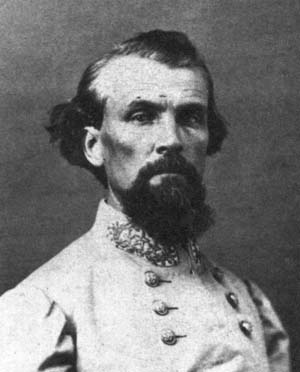
Military History
Prior to the American Civil War, Nathan Bedford Forrest amassed a fortune in real estate, agriculture, and the slave trade. Read more
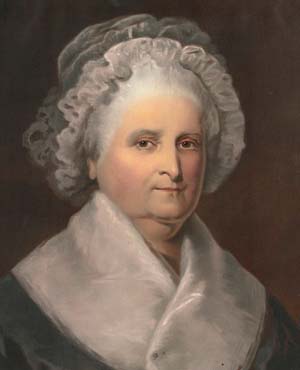
Military History
Martha Custis Washington, wife of General George Washington, came to the winter quarters of her husband’s army each winter of the Revolutionary War. Read more
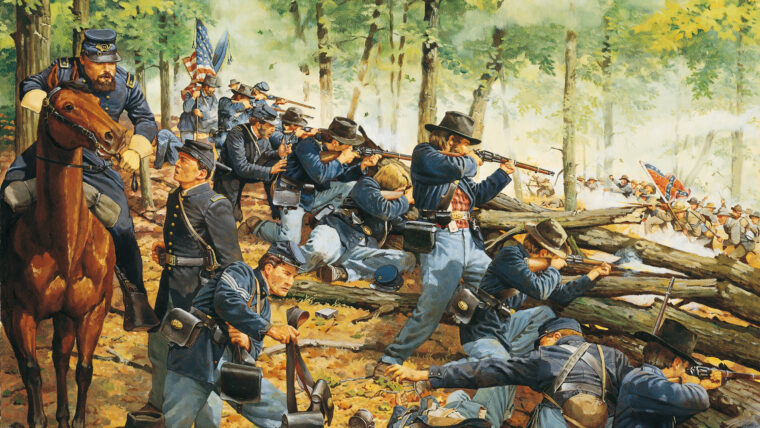
Military History
It was nearly 11 on the morning of September 20, 1863, and the woods around slow-moving Chickamauga Creek in northwest Georgia were ominously quiet. Read more
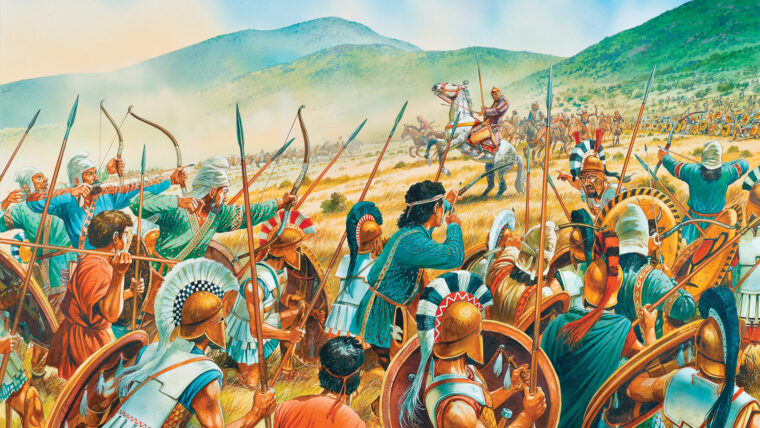
Military History
Persian King Xerxes I “The Great” was a man who liked to solicit different opinions before he made a decision on any important matter. Read more
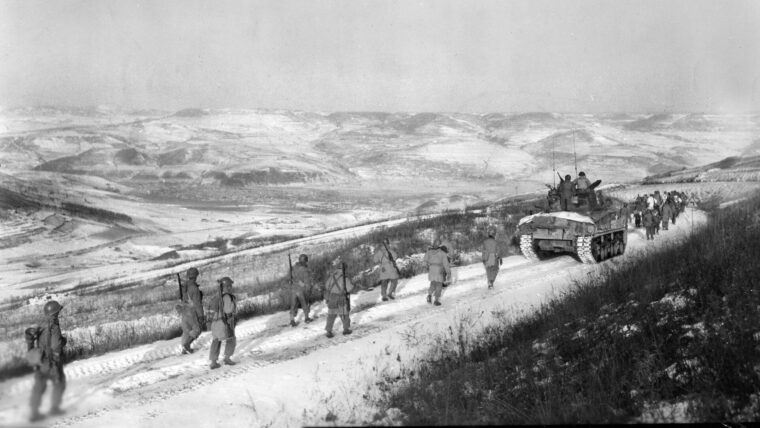
Military History
When dawn broke on December 1, 1950, on the barren hillsides on the eastern shore of the frozen Chosin Reservoir in northeastern North Korea, the ragged, tenuously held perimeter of the U.S. Read more
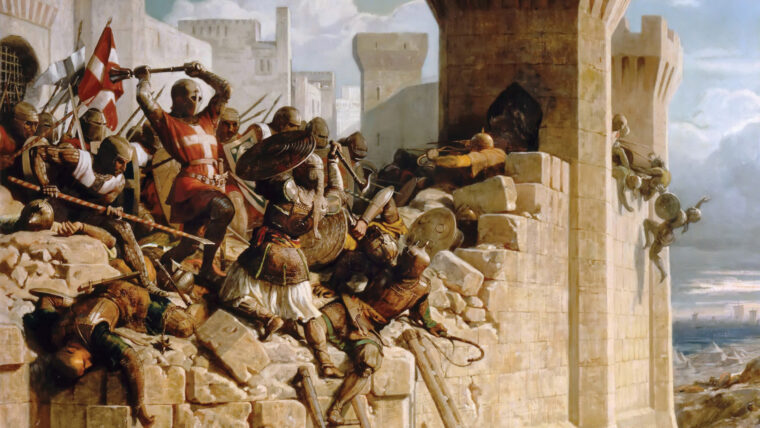
Military History
The Latin Crusaders manning the battlements were armed with spears, axes, and crossbows. They shared with each other a desire to fight and die for the Cross. Read more
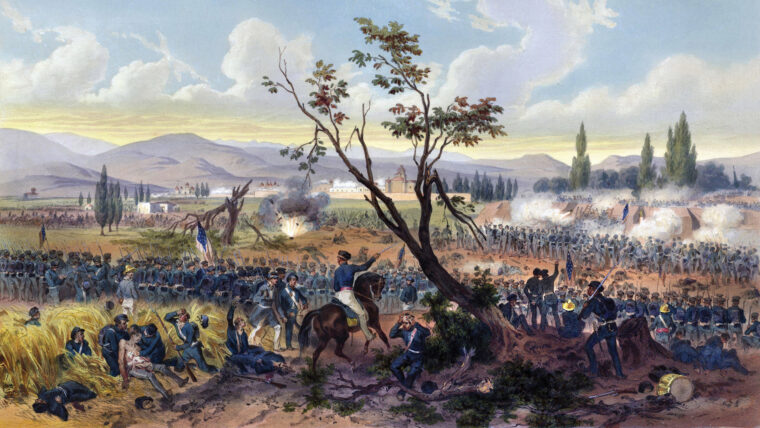
Military History
U.S. General Winfield Scott’s army climbed through the mountains of central Mexico, an arduous trek that included blistering hot days and bitterly cold, rain-drenched nights. Read more
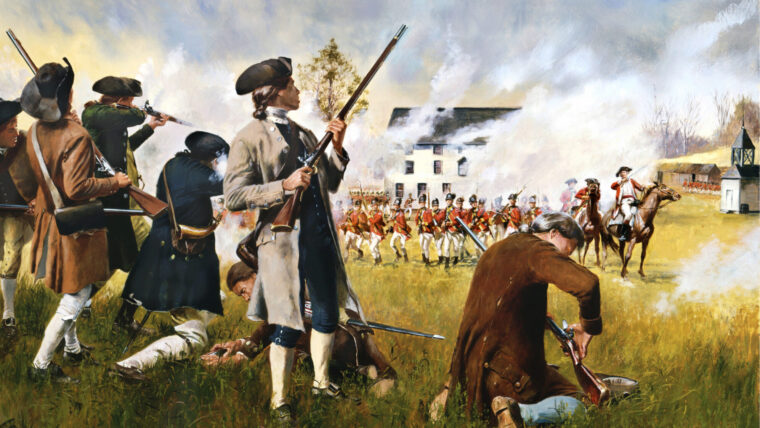
Military History
“Soldiers, don’t fire!” In the half light of dawn on April 19, 1775, war was breaking out on a New England town common, and Major John Pitcairn of His Majesty’s Marine Forces was trying to stop it. Read more
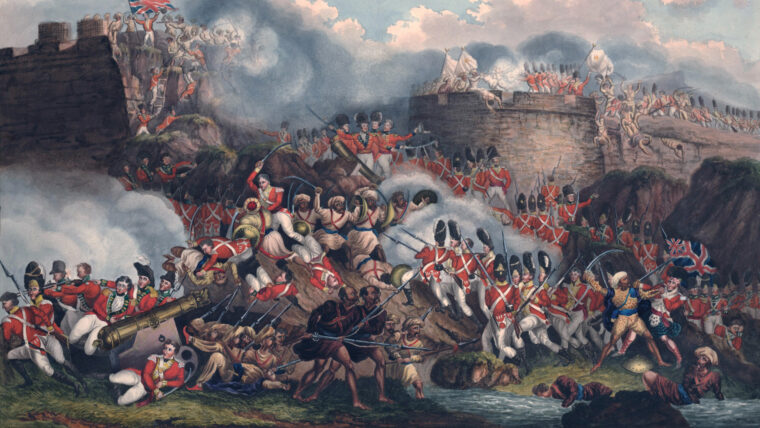
Military History
As converging columns of British and native infantry surrounded the inner palace of his capital, Seringapatam, Tipu Sultan did not hesitate. Read more
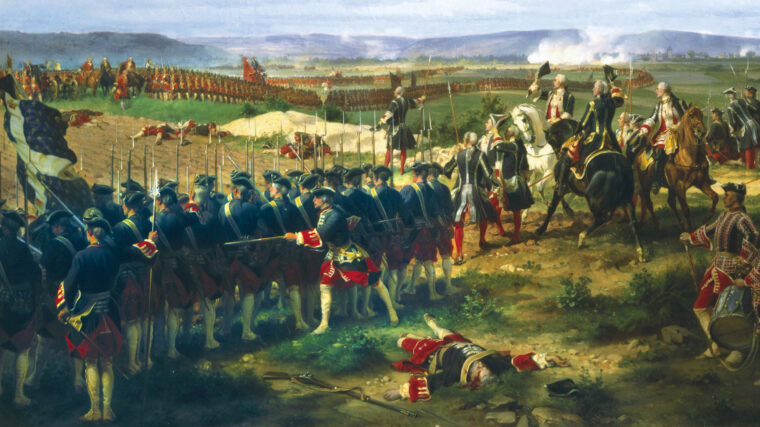
Military History
Pikes and most similar pole weapons disappeared from European armies by the early 1700s. After all, bayonets let each man convert his flintlock into a pike that fired bullets. Read more
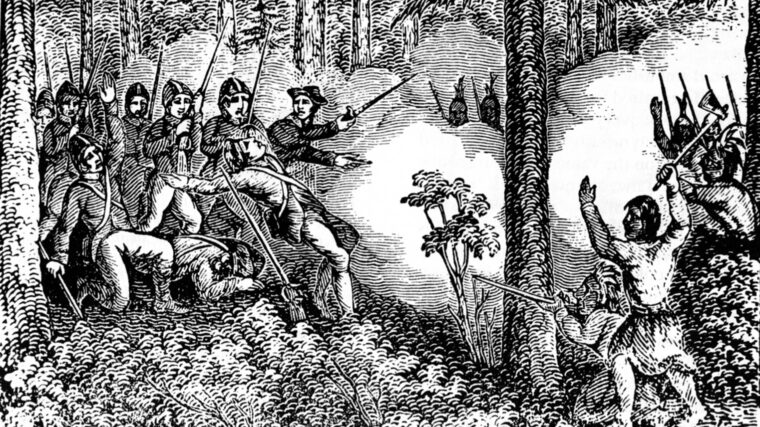
Military History
When John Sassamon’s murdered body floated up under the ice of Assawompsett Pond, Plymouth Colony, in January 1675, few Puritan homesteaders could have foretold it would lead to the bloodiest war, per capita, in American history. Read more
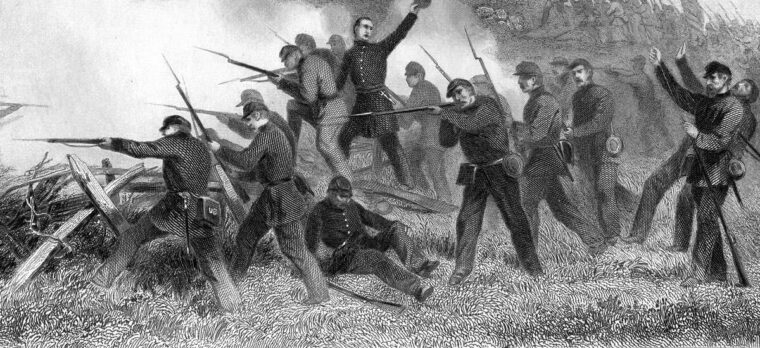
Military History
The blue-coated soldiers trudged uphill through the forest trying their best not to get snagged on the laurel branches or stumble over the tree roots. Read more
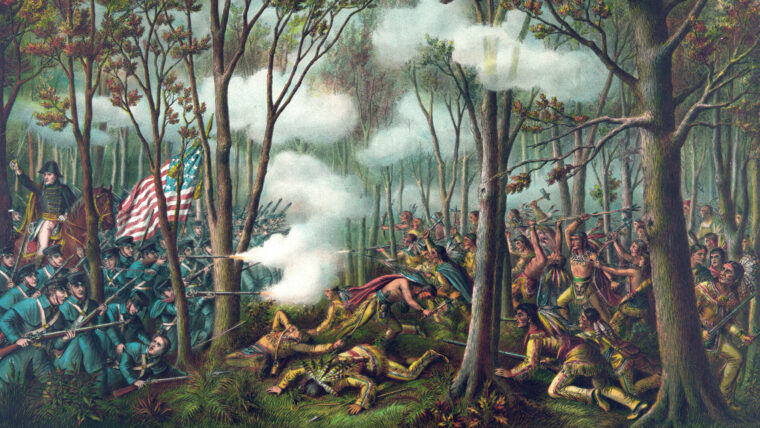
Military History
Long before he attained fame as the co-commander of the Lewis and Clark expedition, William Clark was a discontented young lieutenant assigned to the U.S. Read more
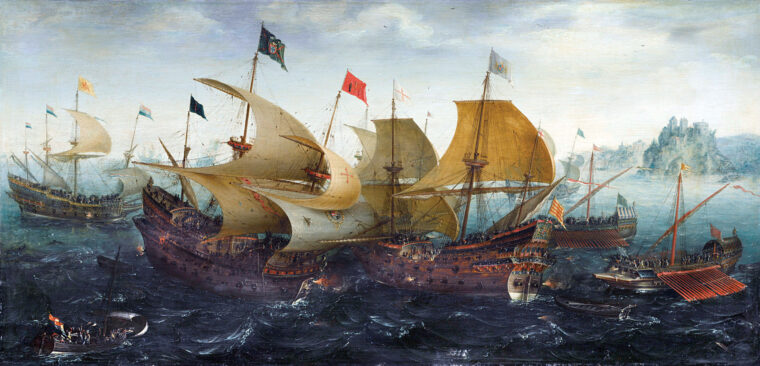
Military History
Among the many portraits of famous Elizabethans hanging in London’s National Portrait Gallery is that of Sir Francis Walsingham, painted around 1587 by the artist John De Critz the Elder. Read more
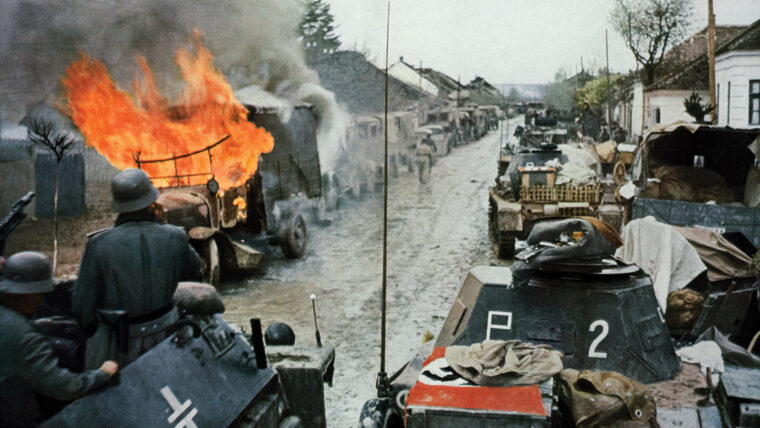
Military History
It was the most exciting scene Associated Press correspondent Robert St. John had yet witnessed in the career he had abandoned for five years to farm in New Hampshire then returned to when he sensed that war was coming. Read more
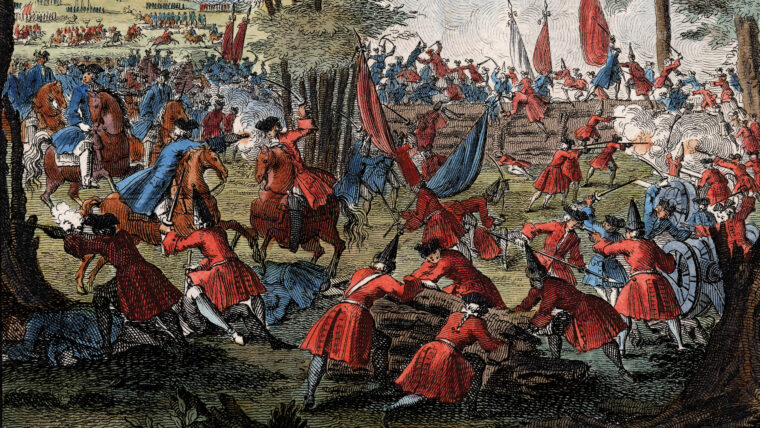
Military History
Lieutenant General Armand-Charles de Gontaut, Marquis de Biron, led a party of foragers ahead of the French Army. Read more
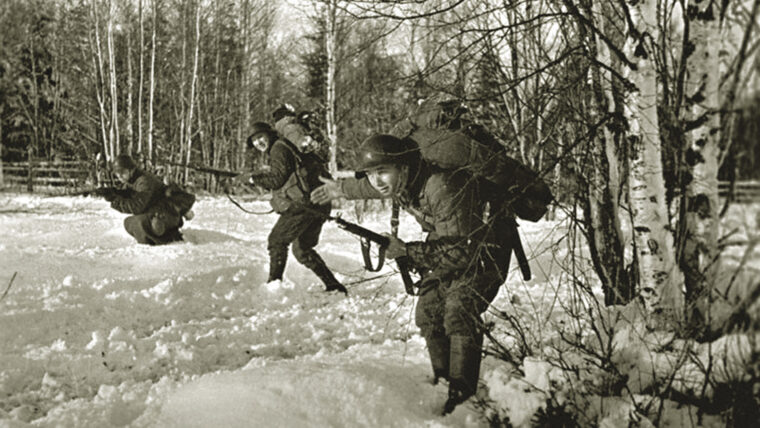
Military History
From Leningrad to Murmansk, columns of Soviet Red Army troops stormed down roads and trails into Finland’s dense forests, lakes, and swamps, seeking to cut Finland in half. Read more